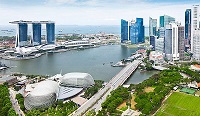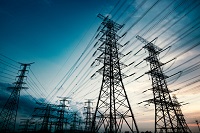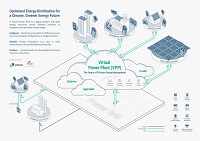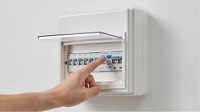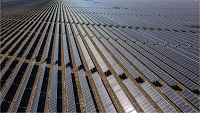Through our work, EMA seeks to build a clean energy future that is resilient, sustainable, and competitive.
Vision, Mission and Values
Watch the video to find out how we are forging towards a clean energy future for Singapore.
- Vision
- Mission
- Values
Our Clean Energy Future: Resilient, Sustainable, Competitive
Our Vision statement encapsulates a shared aspiration for Singapore. The statement also reflects the need to manage the Energy Trilemma, which forms the cornerstone of our work. Navigating the challenges to deliver resilient, sustainable, competitive energy will require the collective effort of all in Singapore.
Building sustainable, resilient, dynamic, and efficient energy markets and systems
Our mission statement embodies the fundamental elements required in performing our multifaceted role as industry developer, regulator as well as the planner and operator of the energy system in Singapore:
- Building sustainable energy markets and systems: Decarbonising our energy mix, actively managing energy demand and evolving our power grid to better balance demand and supply.
- Building resilient energy markets and systems: Securing fuel supply and power generation capacity and enhancing our systems to maintain our world-class system reliability.
- Building dynamic energy markets and systems: Championing energy innovation, grooming talent in the energy sector and collaborating with international partners to overcome energy challenges.
- Building efficient energy markets and systems: Promoting the use of efficient technologies, optimising our energy costs, and fostering a financially sustainable energy sector.
We care. We innovate. We work as a team.
At EMA, we are committed to cultivating a respectful and inclusive work environment where we value each individual and celebrate everyone's differences.
- Caring We respect and care for one another, and value our differences.
- Innovation We constantly challenge ourselves to improve the status quo, try new ideas and devise creative solutions.
- Teamwork Everyone at EMA is part of a team, committed to working together to achieve our collective goals.
As part of the Singapore Public Service, we also share the ethos of the public service and uphold its core values of Integrity, Service and Excellence.
Our Corporate Logo
The Symbol
Reflects a progressive organisation while the interlocking elements highlight a spirit of partnership and collaboration with the industry.
The Colours
Project a strong and vibrant corporate culture within the organisation.
- Warm red: Warm, friendly and approachable
- Blue: Professionalism

